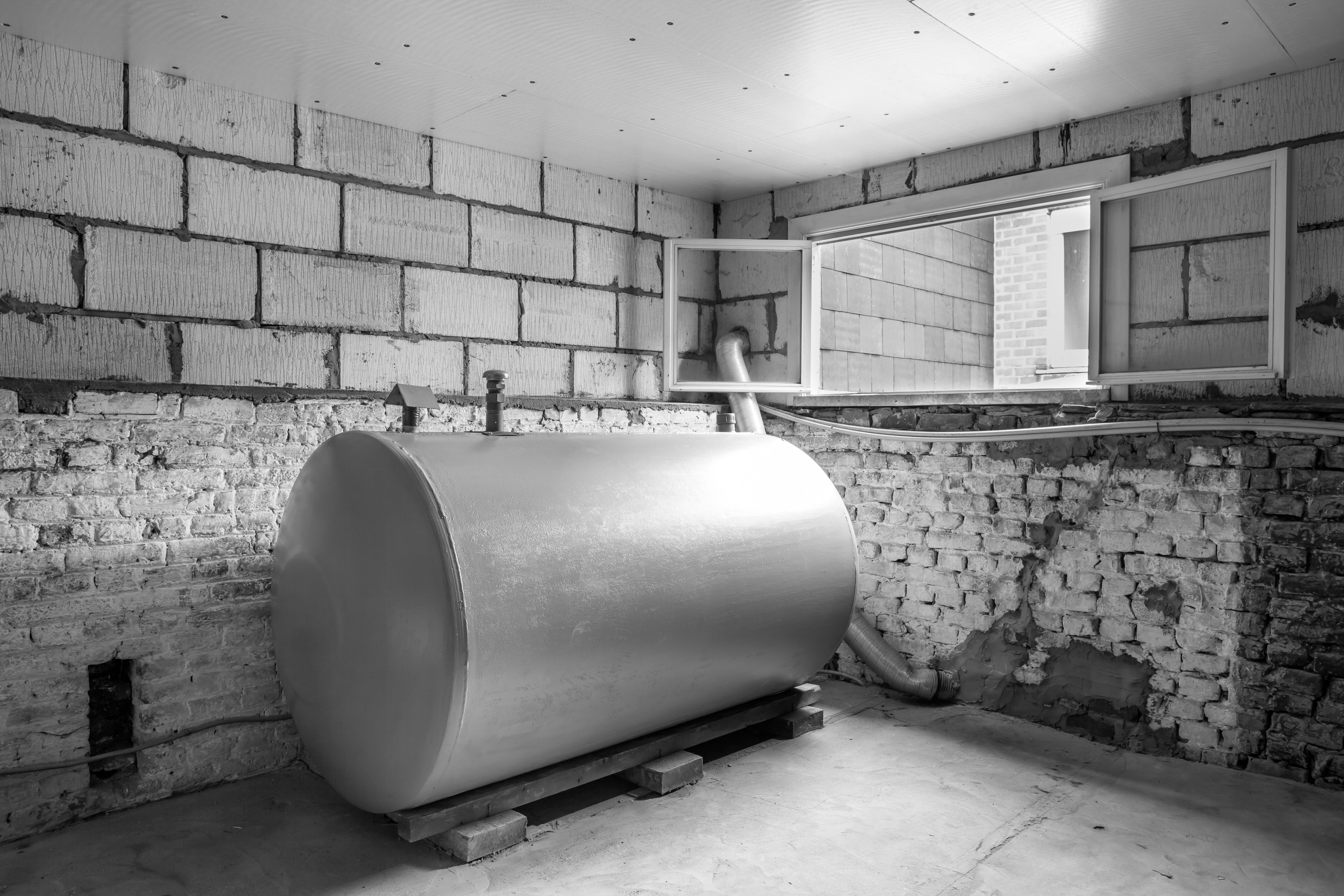The condition of the residential oil tanks is rarely taken into consideration by homeowners, but these tanks are crucial to the security and comfort of the home. Owners of homes should make oil tank replacement a priority, since it can have a direct impact on the infrastructure of their home as well as its environmental security.
Residential oil tanks are often overlooked as the mainstays of any home, providing the fuel needed to heat as well as hot water systems. As time passes corrosion could begin to set in which can lead to leaks and environmental risks. It is crucial that homeowners evaluate the condition of their oil tanks, and to prioritize replacement whenever necessary. Proactive oil tank replacement is not only a matter of money it’s a critical action to stop environmental contamination and protect your property and ensure a constant supply of heating oil.

In the context of Cost
Costs for replacing oil tanks are a major issue for homeowners. The price for an oil tank replacement may differ dependent on factors such as the size of the tank the installation and whether there are any environmental regulations. It is essential to budget efficiently by getting precise estimates from reliable oil tank service providers. It’s a significant initial investment but it’s necessary to maintain security and function.
Factors Influencing Replacement Costs
Various factors influence the oil tank replacement cost. Tank size and type access to installation sites, environmental remediation requirements, as well as respect for building and safety codes all play a role. Homeowners need to be aware of the materials and labor expenses as well as any improvements that might be needed. Knowing these costs allows homeowners to make informed decisions regarding the cost of replacement.
Prioritizing Environmental and Safety Considerations
Safety and environmental concerns take center stage in the replacement of oil tanks. Tanks that have been used for a long time and are corrosion-prone may leak and pose danger of contamination of groundwater and soil. The replacement of deteriorated tanks minimizes the risk to the environment and protects the surrounding ecosystem. Furthermore, observing strict safety guidelines when installing new tanks prevents accidents and guarantees the well-being of your household.
Finding a Reliable provider
It is essential to choose a service provider that has an established reputation for the replacement of oil tanks. This will guarantee that the process is smooth and in compliance. homeowners should choose licensed experts who have experience in oil tank installation and removal. A service provider with an experience of oil tank replacement, coupled with the commitment to environmental responsibility and safety, is the best choice. Professions with integrity ensure that oil tank replacement needs are handled with professionalism and honesty.
Long-term Costs are more expensive than benefits
The long-term advantages of replacing an oil tank are worth the initial cost. The replacement of old tanks can help homeowners to avoid expensive environmental remediation and property damage caused by leaks. Tank replacements offer increased safety and efficiency, giving you peace of mind. Tank replacement for oil is a smart and effective way to safeguard homes, encourage environmental responsibility and ensure the long-term security of your home.
In conclusion the replacement of oil tanks is not just an investment in financial investment; it is an essential element homeowners must take to guarantee the safety, functionality and sustainability of their properties. Recognizing the significance of replacing and evaluating the cost is essential to making informed choices. Homeowners can protect their homes by proactively maintaining their homes and replacing old materials in a responsible way. This will contribute to creating a more sustainable and safe living space.
